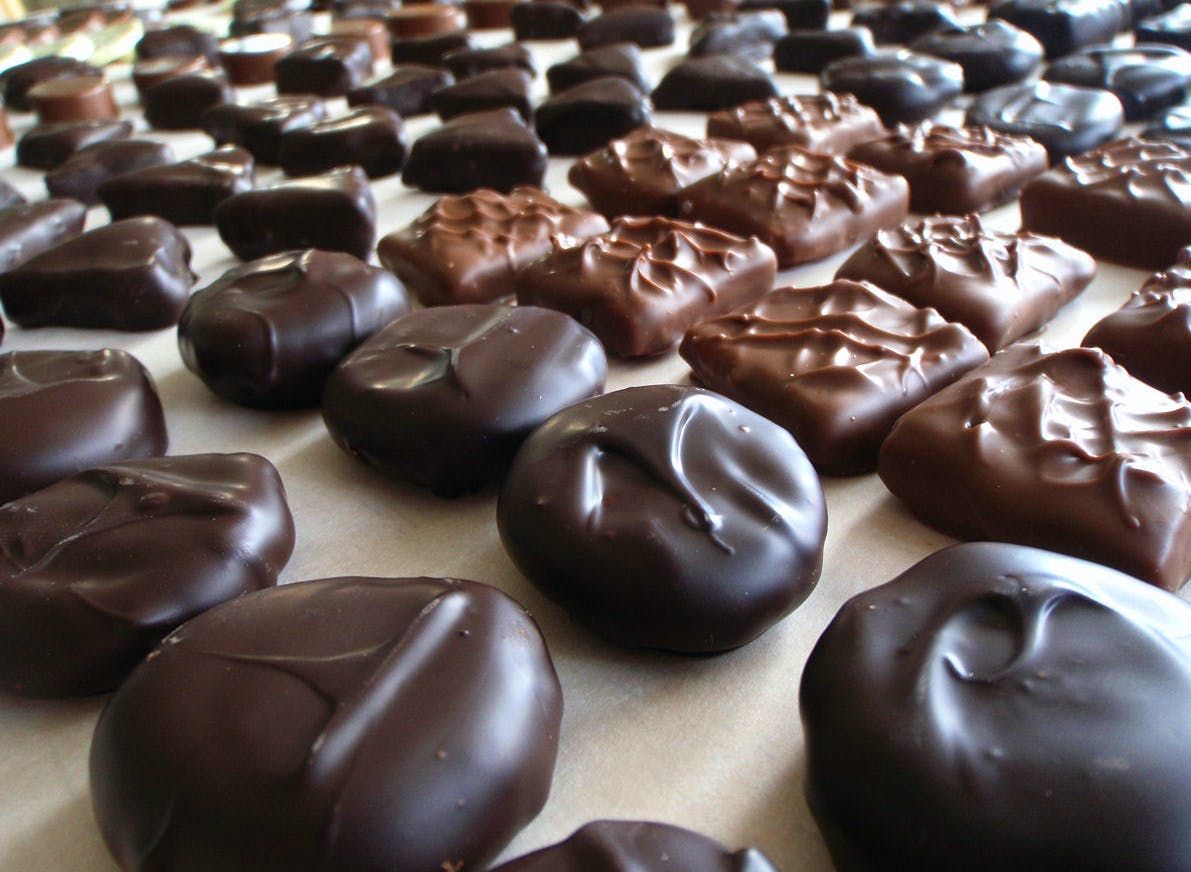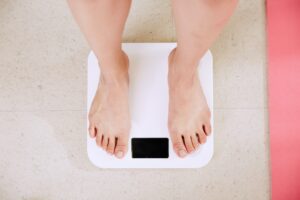In our series of articles geared towards cannabis newcomers, we’ve been discussing the various ways you can consume cannabis. So far, we’ve covered the many methods of inhaling cannabis, from smoking a joint and vaporizing to using bongs, pipes or dab rigs. Next up: cannabis edibles.
FOLLOW US ON FACEBOOK & INSTAGRAM
What Are Cannabis Edibles?
When people talk about edibles, they tend to refer to tasty treats like pot brownies and medicated candies. There are so many delicious products currently available—from sweets like chocolates, ice cream or candies to savory items like medicated pizza, BBQ sauce or chips. And that’s just the tip of the iceberg. The possibilities appear to be endless when it comes to these cannabis-infused snacks.
Edibles are highly versatile in that you can turn almost any food or drink into an edible. Most edibles are made from a base—such as butter, oil, glycerin, honey or alcohol—infused with cannabis. Once you have one of these bases, there are countless options for what to infuse.
Of course, not all edibles take the form of our favorite snacks. For those who want to medicate with edibles regularly without eating large amounts of candy or junk food, you can look to tinctures and capsules, which deliver the medicine more directly.
RELATED: ESSENTIALS ABOUT EDIBLES THAT YOU NEED TO KNOW
Why Do Some Patients Prefer Marijuana Edibles?
There are a few reasons why edibles are a favorite for many patients. For one thing, it’s a discreet method. Patients are able to medicate with edibles without worrying about smelling like cannabis (like you might after smoking a joint).
In addition, it’s sometimes hard to distinguish between cannabis edibles and other types of food without being told what they contain. Patients who need to medicate can even take their edible in front of others, without revealing that they’re using cannabis. Just be careful to have an excuse ready if your edible looks so tasty that your friend asks for a bite.
Another reason patients use edibles is their effects are long lasting. Edible effects tend to last for around six to eight hours, while the effects from inhaled methods tend to diminish after only two to three hours.
For patients who want a consistent medicinal effect throughout the day, it can be much more appealing to take an edible every six to eight hours than to have to continually take smoke breaks to get relief. Patients with chronic pain may find edibles to be a great option for providing relief all day long.
These long-lasting effects are also more consistent. With smoked methods, there’s usually a progression of the high, where it ramps up to its peak quickly and then tapers back off and gradually fades. With edibles, the high comes on more gradually over a few hours and then lasts for some time before dropping back down.
This more gradual and consistent effect is ideal for certain patients. Patients with anxiety or depression, for example, often use edibles to support their mood throughout the day. While smoking or vaporizing can offer immediate relief from a panic attack or sudden feelings of sadness, the ups and downs of inhaled methods can have these patients in a constant roller coaster of emotions.
Edibles can offer something more stable, acting like an anti-depressant to provide background support. Patients report that this can reduce the likelihood of getting anxious or depressed, so that they don’t have to use more fast-acting methods as often.
Patients also sometimes use edibles because they’re looking to take a large dose, all at once. For patients who have a high tolerance, smoking or vaping simply won’t give them the effects they need. In addition, edibles are often the easiest way to medicate for patients with chronic pain who may require larger doses or patients attempting to use high doses of cannabis oil to treat symptoms related to their cancer treatment.
How to Use Cannabis Edibles the Right Way & Avoid a Bad Trip
If you think using edibles might be right for you, you should learn the basics about how to use them. Many folks have bad experiences with edibles because they didn’t understand how to choose the right edible for their needs, or how big of a dose to take.
When patients take more of a cannabis edible than they’re used to, they may find themselves experiencing an uncomfortable and frightening trip. Instead of making them feel better, or relieving their pain, these high doses of cannabis edibles leave them confused, dizzy, sedated, disoriented, uncoordinated and unable to think clearly. It can be an unnerving experience that lasts all day.
To avoid a bad experience with edibles, don’t dive head-first into any edible you find at your dispensary. Start small and think about your needs. The first rule of edibles is to start at the smallest dose you can.
Microdosing with amounts as low at 1–2.5 mg is a great place to begin. Once you take your first microdose, wait at least two hours before you think about taking more. Patients often think that they aren’t going to get any effect when an edible doesn’t kick in immediately. But it can take time for edibles to start working.
If you take your next dose too soon, you may realize too late that you’ve taken too much. If two hours pass, and you still don’t feel like you’ve had enough, then you can take another dose of the same size. Each time you increase your dose, make sure to wait the full two hours.
How to Choose the Right Edible for You
When selecting an edible, think about your needs. Are you looking to have a psychoactive experience? If so, most edibles are packed with tetrahydrocannabinol (THC), the main psychoactive element in cannabis, so it should be easy to find what you’re looking for.
You may also want to think about what strains have worked well for you in the past. Are you looking for an indica, sativa or hybrid edible? Consider strain-specific edibles to provide even more control over your experience.
If you’re looking for relief without the high, edibles rich in cannabidiol (CBD) or tetrahydrocannabinolic acid (THCA)—both of which are non-psychoactive—may be a better fit for you. These cannabinoids offer many of the benefits of THC edibles, but tend to leave the user clear-headed and able to function normally.
Whichever edibles you choose, always start small and titrate up slowly. If you do run into some less-than-pleasant side effects, just remember that they will pass in a few more hours.
In the next installment of the Cannabis for Newbies series, we continue our discussion of edibles by teaching you a simple recipe for making your own edible: a strain-specific tincture.
Photo credit: Mel
Need a medical marijuana recommendation? Consult with one of HelloMD’s knowledgeable doctors; it’s easy, private and 100% online.






